In this article
Size can be a huge determining factor when you are getting a dog. Some people live in apartment spaces that have size limitations while others prefer a large dog over any other size.
Regardless of what category you fall under or why you are concerned, you will likely want to know how big your Great Pyrenees is supposed to get. While many different factors can influence the total size, we definitely have some averages along with what influences the ultimate height and weight. An average adult Great Pyrenees can weigh up to 85-125 pounds and measure 27 to 32 inches tall.

Great Pyrenees Overview
The Great Pyrenees is considered a giant dog that towers over many other canines. These gentle, docile creatures are well revered for being playful and good-natured.
This dog will get massive before your eyes. You’ll bring home a small fluffy puppy and wind up with a giant in just a few short months. They will impress you with their rapid growth in the beginning, but they will tend to taper out once they reach about a year of age.
If you are interested in the Great Pyrenees, you’re likely wondering exactly how big they will get. After all, if you know anything about the breed, you know that these are not small house dogs.
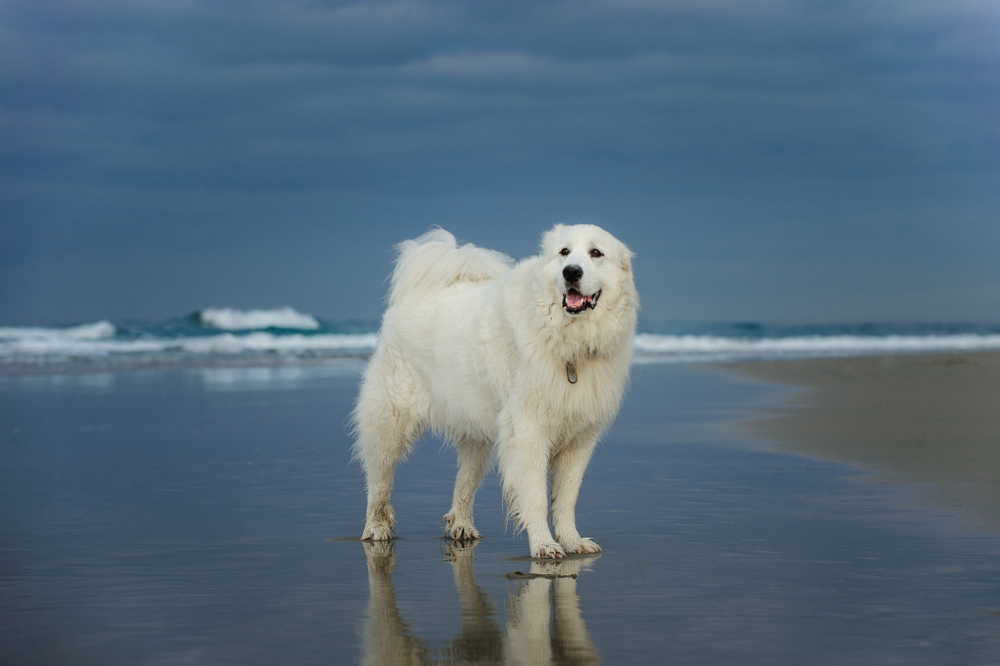
Great Pyrenees Size and Growth Chart
Now we’re going to get into the actual growth of the Great Pyrenees. Keep in mind that these measurements are averages and will vary depending on the genetics and other factors relating to the Great Pyrenees.
If you have a Pyrenees cross, it can change these results dramatically, so keep in mind that this is only designed to show you the averages for a purebred Great Pyrenees.
| Age | Weight Range |
| 2 months | 10-30 pounds |
| 3 months | 25–40 pounds |
| 4 months | 35–55 pounds |
| 5 months | 45–70 pounds |
| 6 months | 50–80 pounds |
| 7 months | 55–85 pounds |
| 8 months | 60–90 pounds |
| 9 months | 65–95 pounds |
| 10 months | 70–100 pounds |
| 11 months | 70–105 pounds |
| 12 months | 80–110 pounds |
| 24 months | 85-125 pounds |
- Source: Pet News Daily
When Does a Great Pyrenees Stop Growing?
The Great Pyrenees takes quite a long time to mature. While they typically reach their mature height of 25”-32” by their first birthday, these dogs aren’t considered fully grown until they reach about 2 years of age. Many veterinarians don’t want to fix a Great Pyrenees until they reach a more mature stage to allow for complete growth and development.
- Orthopedic problems
- Cancer
- Weight gain
- Ligament tears


Factors Affecting the Size of the Great Pyrenees
There are several different factors that can affect your Great Pyrenees’s growth. Ultimately, it depends on the individual dog and the lifestyle that you create for them.
Genetics
Genetics play a huge role as to how big your Great Pyrenees will get. These dogs can vary in size depending on bloodlines and several other factors. When puppies are born to a specific set of parents, they will carry a combination of their genetic material, meaning that they will be much like their parents in terms of size, and even temperament!
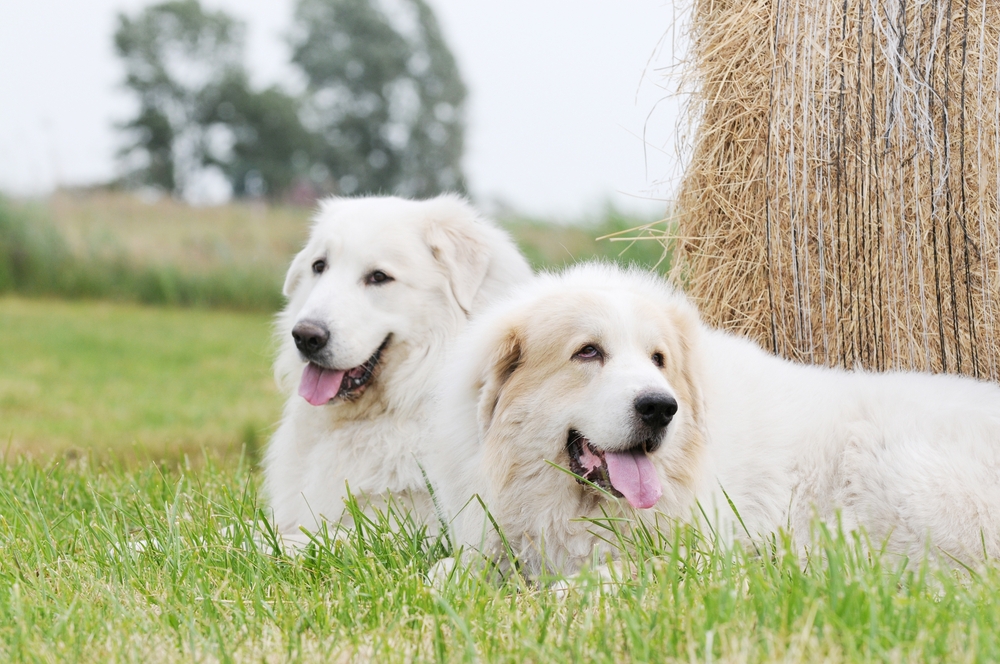
Diet
Diet can severely impact the growth of your Great Pyrenees. Especially when they are in their growth stages, diet is a crucial element to how big your dog will get. If you feed your dog a nutritious diet that has all of the elements they need as puppies, they will be more likely to grow to their full potential.
However, if a dog was malnourished or overfed as a puppy, it can impact how they develop later.
Every pet is unique in their nutritional needs, so we recommend reaching out to your vet for advice.
If you need to speak with a vet but can't get to one, head over to PangoVet. It's an online service where you can talk to a vet online and get the personalized advice you need for your pet — all at an affordable price!

Sex
In many cases, males exceed the height and weight of their female counterparts. This can vary a little bit depending on the bloodline. For example, some Great Pyrenees bloodlines might be absolutely massive while others are on the small end of the scale no matter the sex.
However, within the same litter, the male puppies generally get bigger than the females.
Health
If a Great Pyrenees has poor health, it could affect their growth. Different illnesses can play a role in how efficiently nutrients are utilized, how much a dog can exercise, etc. This can impact how big they become.
Age
Obviously age impacts how big your Great Pyrenees is. A puppy, for example, will be very small while a full size adult will be enormous. The first two years of life are filled with stages of rapid and gradual growth until they reach their mature size. Weight can fluctuate over time but in general, their body will remain the same size.
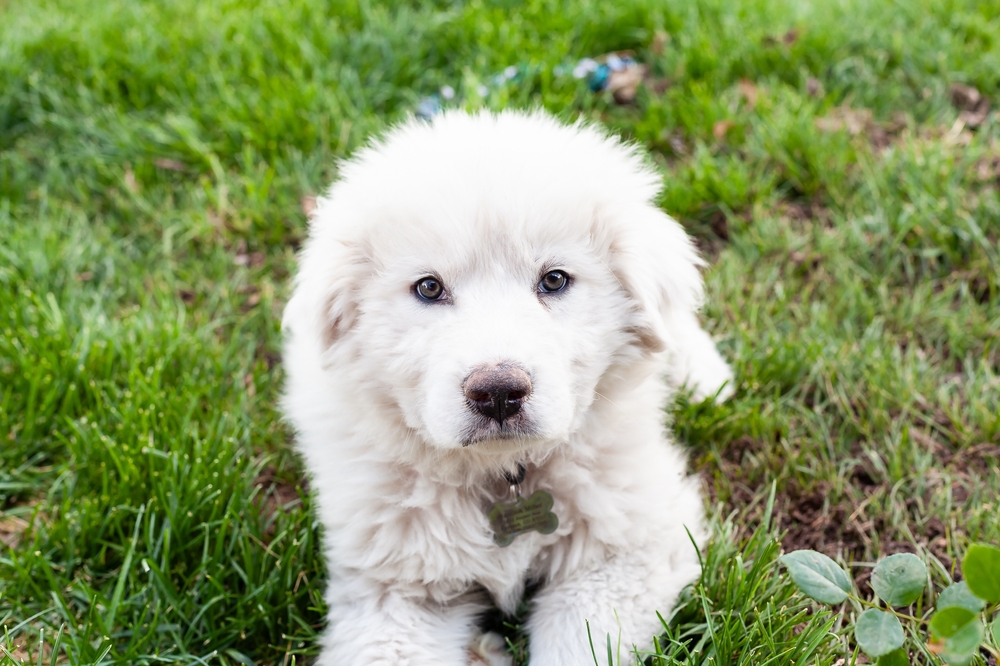

Ideal Diet for Maintaining a Healthy Weight
Maintaining a healthy weight is incredibly important for a Great Pyrenees. All dogs need to be at a healthy weight, but it is especially crucial for large dogs. Carrying around extra weight can negatively affect the way that their joints function.
Here are some tips on how to improve your Great Pyrenees’ diet overall.
Choose a Proper Diet
Choosing a proper diet for your Great Pyrenees is paramount. You should always pick a diet based on the advice of your veterinarian, so make sure to clear any dietary choices with them.
Several factors can influence the type of dog food you feed your Great Pyrenees. These dogs can do very well on a high-quality kibble or canned food designed for large or giant breeds. These diets tend to be more affordable and easy to feed.
Fresh food diets are becoming increasingly popular. Many companies offer fresh food diets that are explicitly designed, packaged, and delivered straight to your door just for your dog. These types of diets can be pretty expensive, so make sure to understand the implications of price before you commit to purchase.
Feed Measured Portions
Most fresh foods come in individually sized portions that are designed to match the needs of your dog’s age and nutritional requirements.
Dry kibble and wet canned food have recommended feeding guidelines on the package so you can feed your dog the appropriate amount of dog food at each meal. These are just recommendations and some dogs may need more or less, so speak to your vet about the proper feeding amounts for your specific dog and diet.
No matter the method you use to feed your dog, you should always make portion control a top priority.
Offer Healthy Snacks
There are plenty of safe and health-conscious snacks for dogs to help them maintain a healthy weight and provide them with a little nutritional boost. You can choose healthy alternatives, such as fresh fruits, vegetables, lean protein, and grains. Just talk to your veterinarian first to be sure the snacks you are offering are safe and beneficial.
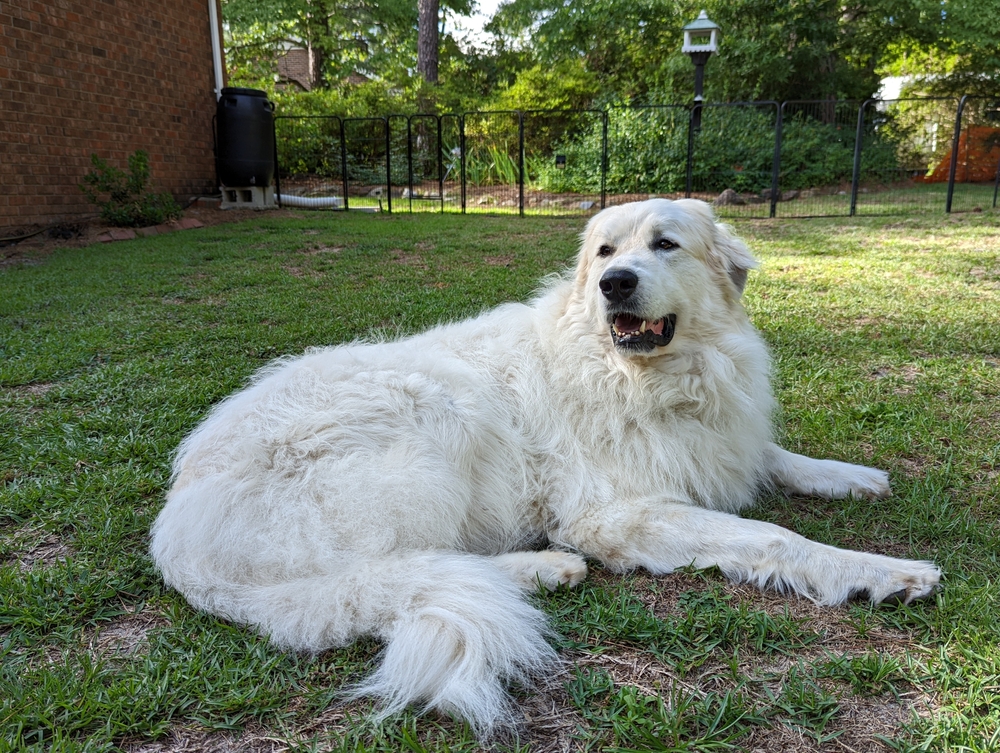

How to Measure Your Great Pyrenees
Measuring your Great Pyrenees will be very important. In addition to making sure they’re growing properly, it will help you determine exactly what size collar, harness, and other products to purchase for them.
Here is how you can appropriately measure your Great Pyrenees to get the best fit. First you’re going to need something to measure with. It’s best to use a flexible measuring tape and a piece of paper to record your results.
- Body Length: To measure body length, you will start from the base of the tail and extend the measuring tape to the very base of the neck between the shoulder blades.
- Chest Girth: Chest girth is measured from the top of the dog’s shoulder, around the largest part of the chest, and back up to meet the other side.
- Height: To measure height, you will place the measuring tape on the floor by your dog’s front paw and extend the tape all the way to the highest point of the shoulder.
- Neck Girth: All you are essentially doing with neck girth is measuring around your dog’s neck. You would just take the measuring tape and circle it around the dog’s neck at the widest part.
- Weight: Weighing your dog is easy. Just have them sit on a scale. When they’re a puppy, you can also weigh yourself, then weigh yourself holding the dog and subtract your weight. However, this won’t work as well as your Pyrenees continues to grow.

Conclusion
Now you know more about the Great Pyrenees and how big they will get. Even though the ultimate weight and height depends on several factors, you could always get a good average.
Remember that nutrition is incredibly important, especially in the first year of life. Make sure that your Great Pyrenees is getting all of the right nutrients by feeding them a high-quality diet formulated for large breed dogs in order to give them the healthiest life possible.
Related stories:
Featured Image Credit: Danita Delimont, Shutterstock
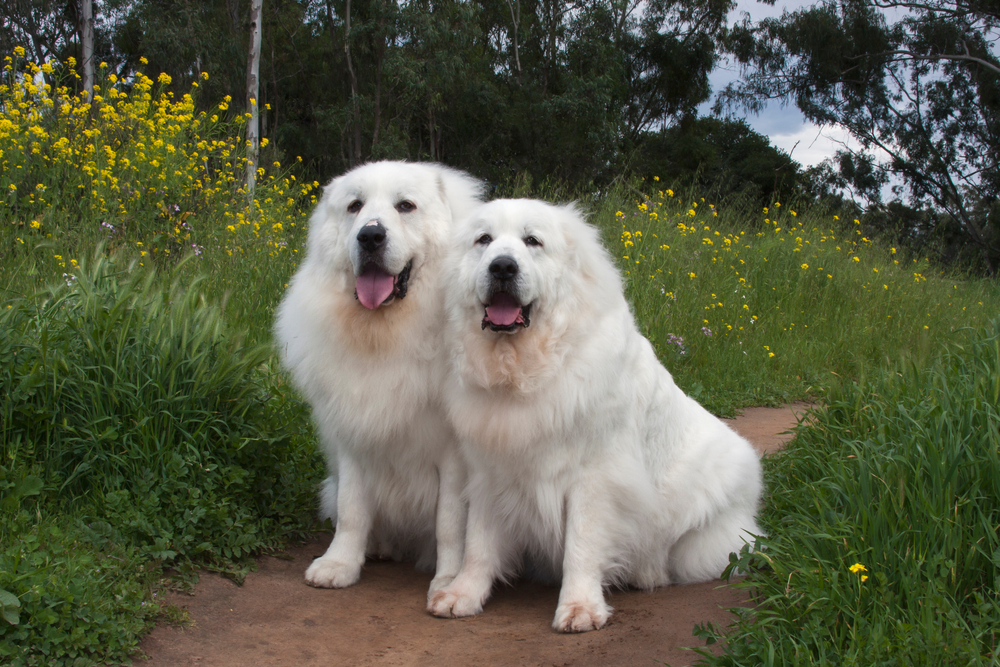

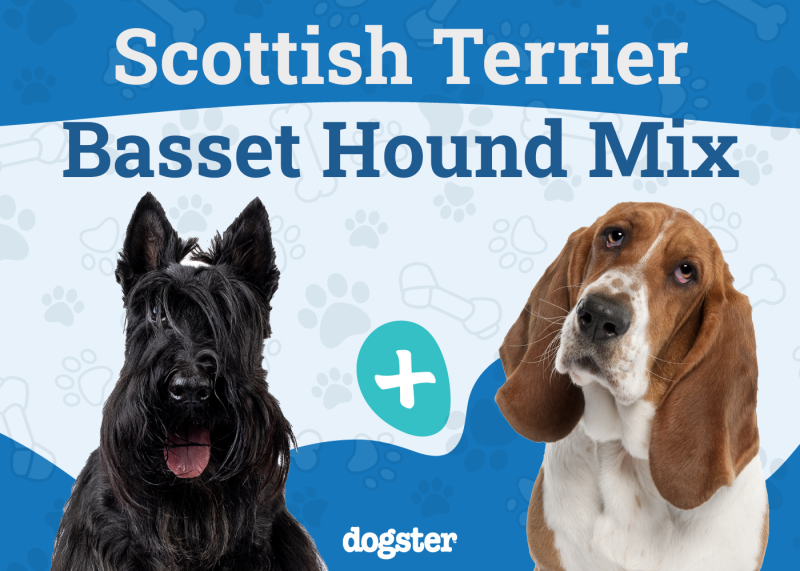



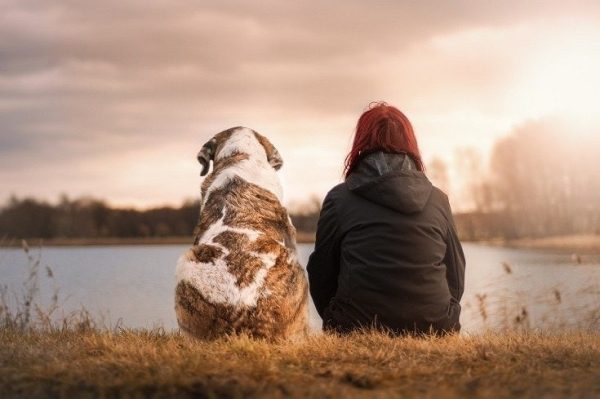
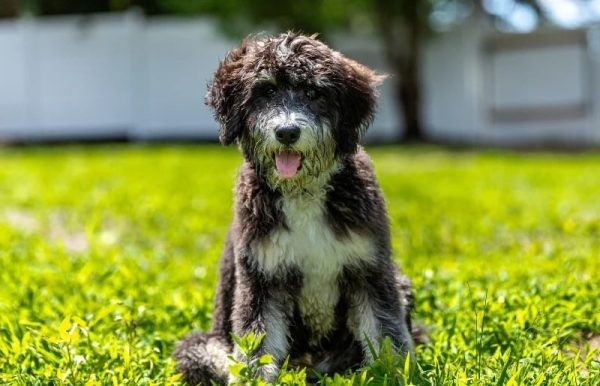
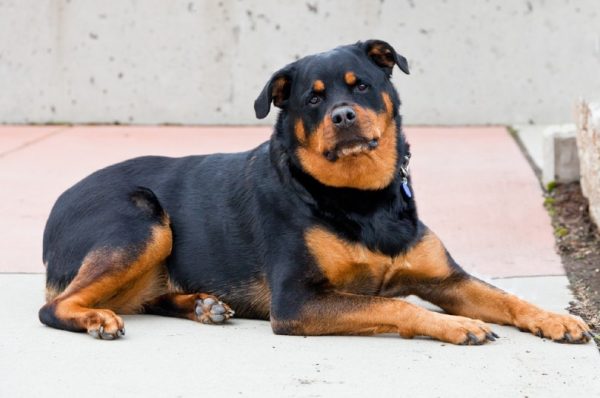
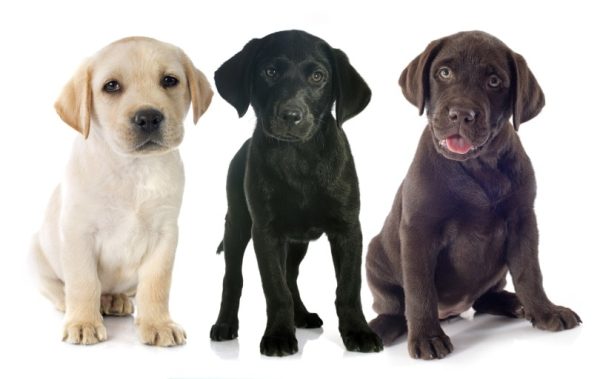
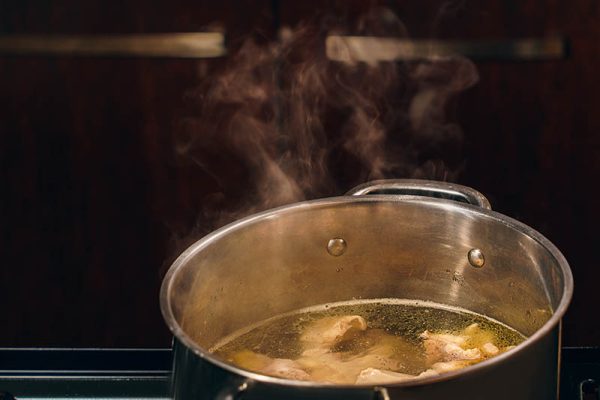
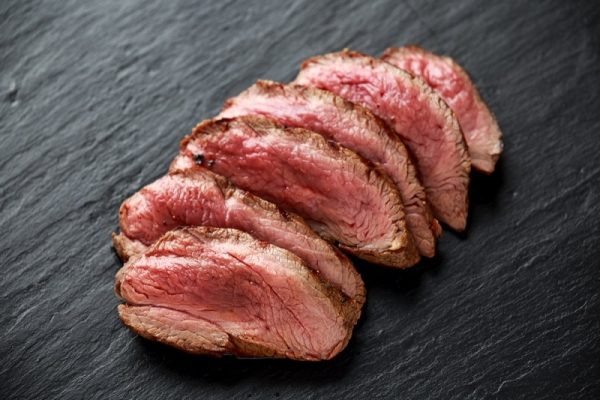

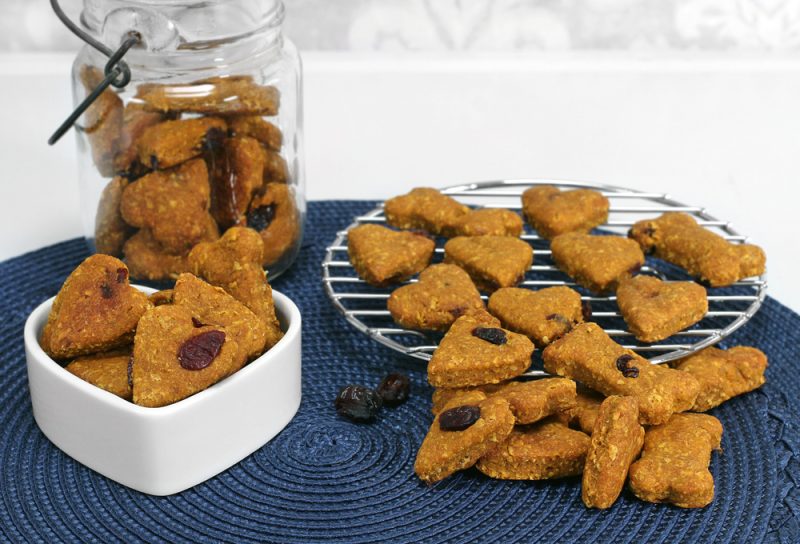





10 Responses
I must apologize in advance. They are no herders, they are guardians. They were bred to protect the farm and its inhabitants from predators such a wolves,coyotes, bear, wild cats and criminals. They are indeed very kind to their charges. They are exceptionally tolerant of children and small animals, like cats, rabbits, chickens and even ferrets. All who live on their farm are treated with kindness. I had a lady friend who bred and rescued the. Late afternoon as the sun went down, a lot of stray cats living nearby would run to her acreage and climb the chain link fences to bed down for the night with her dogs knowing they would be safe from hungry coyotes.
I have a great pryneese name Brutus James. he is abnormally large for the breed weighing in at 165 lbs. the vet says he's very healthy weight wise and says he is taller then a great dane. he is on a limited food diet to keep hi. healthy weight wise. he is so gentle. but will defend us, our livestock, and our property with his life. he has fought off 5 coyotes one night. although the barking can be obsessive and sometimes annoying, it's him doing his job to warn off predators. I wouldn't give him up for anything in the world. he loves playing and just being loved on. also your best friends if you have treats. lol. I strongly suggest doing your research before you get one though. they are not for everyone. especially with their barking.
Hello Joseph,
thank you very much for your message. Your Brutus James sounds absolutely amazing! It must be very comforting to know you have such a protector guarding you. It is also great to hear that you are taking good care of your dog. They will always reward you with love and affection, although we agree that Great Pyrenees is not for everyone. However if you will find the courage and give these pups time and attention, you have a wonderful companion for years to come.
Thank you and have a great day!
Thanks for your Reply. Yes, Frosty was the perfect dog, but there are so many perfect dogs, unforgettable dogs that stay in your heart forever. We took in a flood rescue from the Midwest Flood of '93. She had "people" eyes. She looked at me with gratitude every day, and I'm not imagining that! She seemed to know we gave her a second chance. We grieved when she crossed over the Rainbow Bridge and I could still tear up just thinking of her. But I know I will see her again, waiting for my patiently as she did. Our Vet tells us if there's no animals in heaven, he's NOT going! God bless you, Mary
I have 2 chihuahua's moving to where they're are coyotes what is the best protective dog against and ok with small dogs
Hi Brian, thanks for getting in touch. Coyotes are more likely to avoid large dogs, so the Great Pyrenees would be an excellent choice as a new addition to your family. They're known for their natural guarding instincts, but they're also a very calm and gentle breed that will get along well with your Chihuahuas if you train and socialize them properly. I hope this helps. 🙂
Good article.I've had 8 Pyrenees- Anatolian crosses over the past 25 years,6 of them presently.This cross has worked out very well as property guards on my acreage.I would suggest what my vet recommended on raising pups.Keep them on puppy chow til 3mo.old,then switch them to adult maintenance chow.The reason being that puppy chow is so high in protein it causes too-rapid bone growth instead of slow,steady growth where the bones can fill in solidly to carry their great size & weight.This has given my dogs very solid, substantial growth.
Hi Linda, thank you for sharing your story. That is sound advice from your vet, and I'm happy to hear it has worked so well for you. Large breeds that receive energy excess from eating too much food or above caloric needs during growth are prone to obesity, reduced longevity and rapid growth, with risk of developmental orthopedic diseases. Reduced energy density and a moderate fat level are recommended.
However, that doesn't mean that all large breeds should be changed into adult food at 3 months, so it is always best to check with your vet as you have done. 🙂
Our gentle giant, Frosty, lived 13 years! He was huge! He was by far the sweetest creature ever put on this earth! You could take food out of his mouth! The Grandkids would cuddle with him and he would just sigh with contentment! Everyone loved Frosty! If you are considering getting a Great Pyrenees, consider their size. He could take up the entire couch! And ideally they like a yard to run in, not acreage, but at least a backyard. They really don’t eat huge amounts, just a normal dog appetite. Their coats are gorgeous, but thick and I would not recommend a hot climate. His favorite spot was the AC vent all summer. He wouldn’t hurt a flea, but they can kill a predator like a wolf to defend their family “herd”. They are very strong muscular dogs, originally bred as sheep herders in the Great Pyrenees Mountains of France, very smart and huge lovable dogs.
Hi Mary, thank you for sharing! It sounds like Frosty was the perfect dog. 🙂